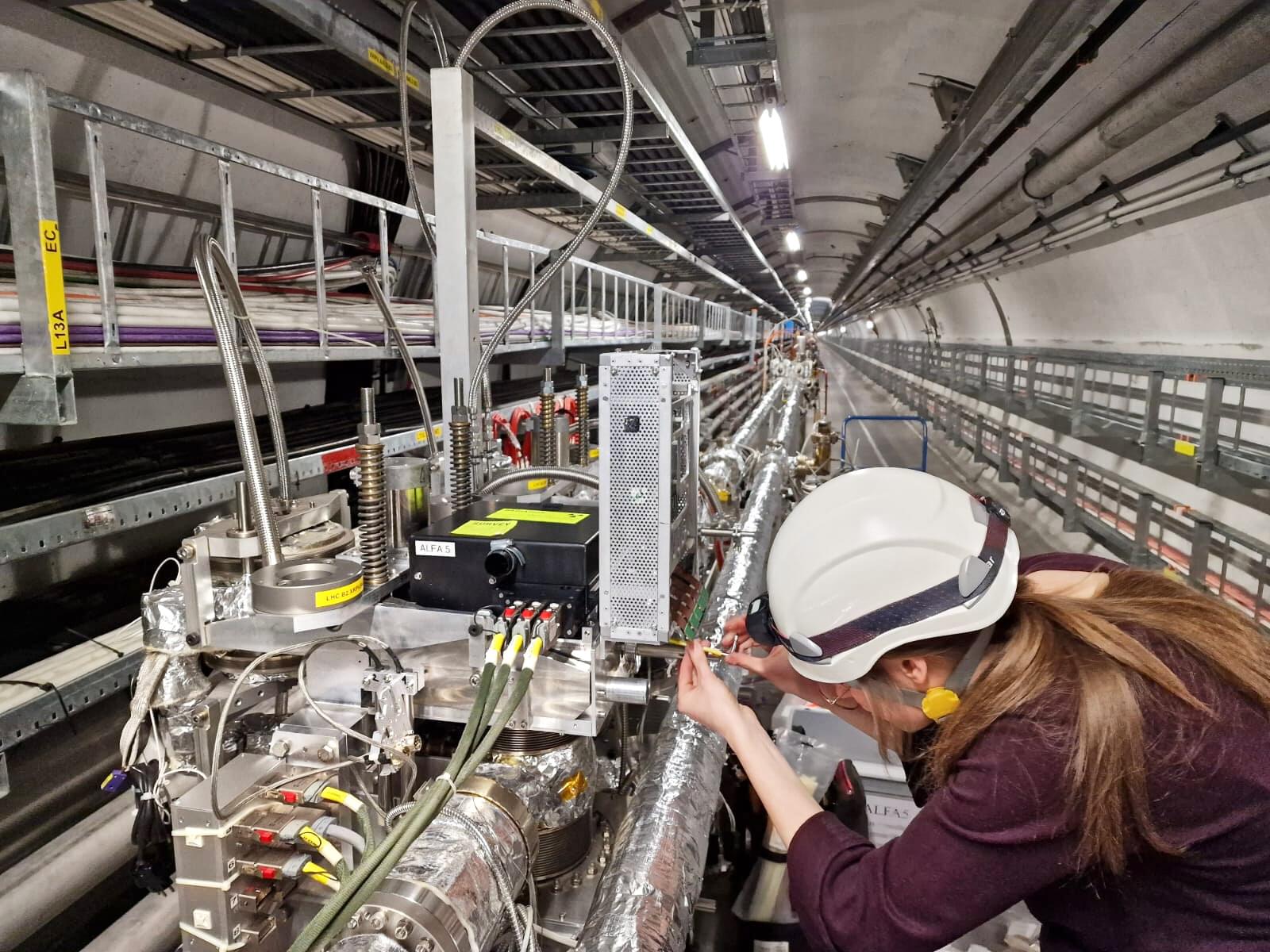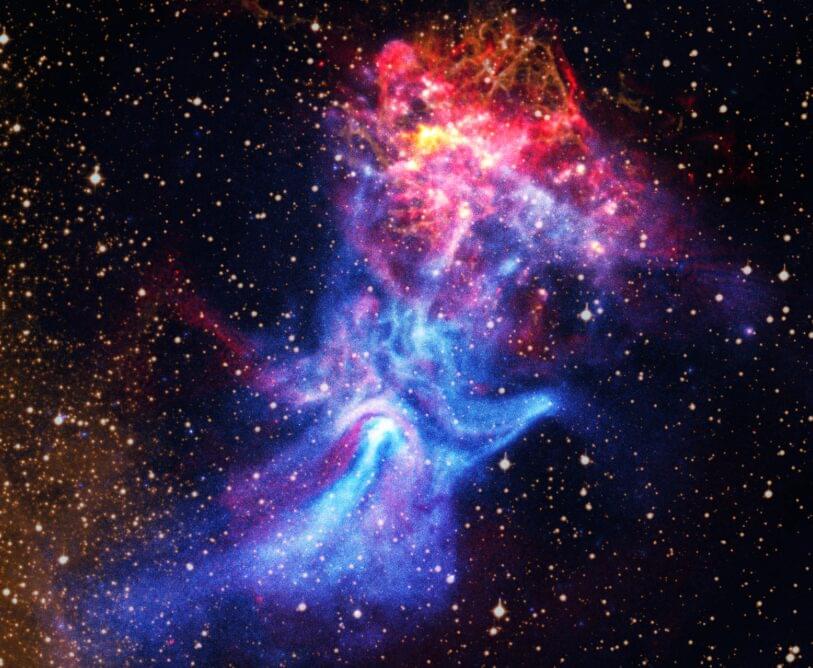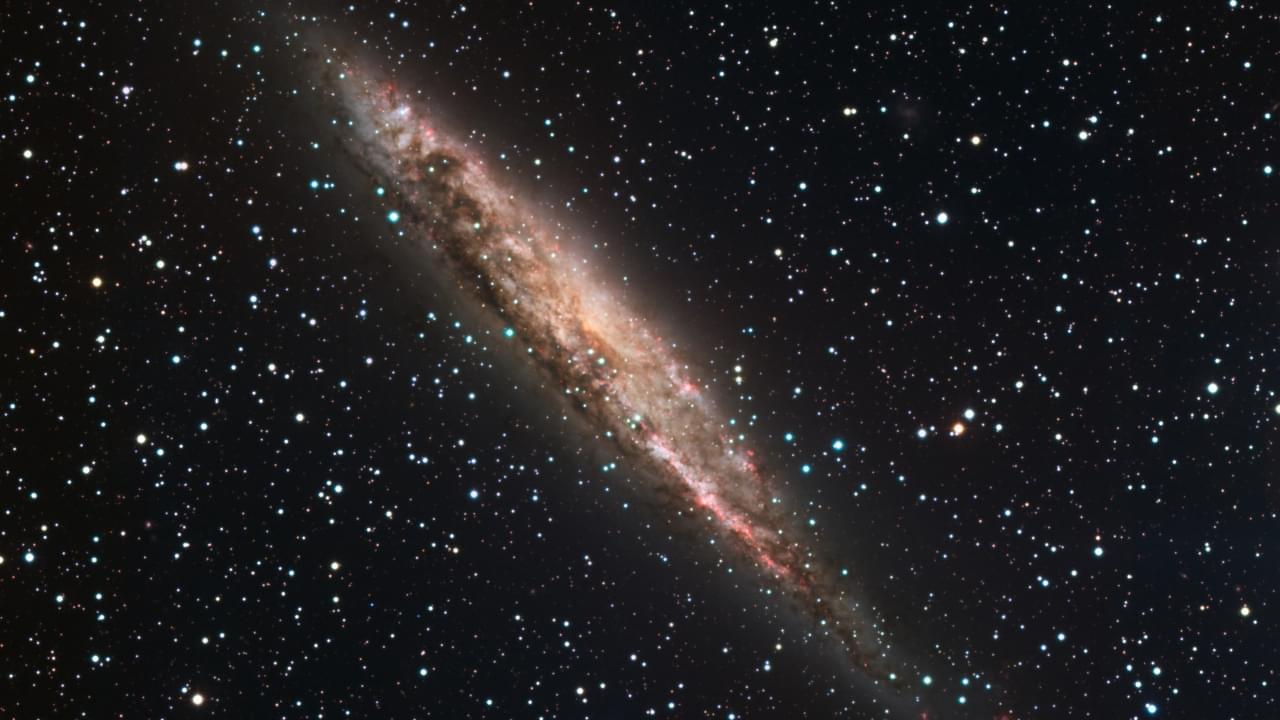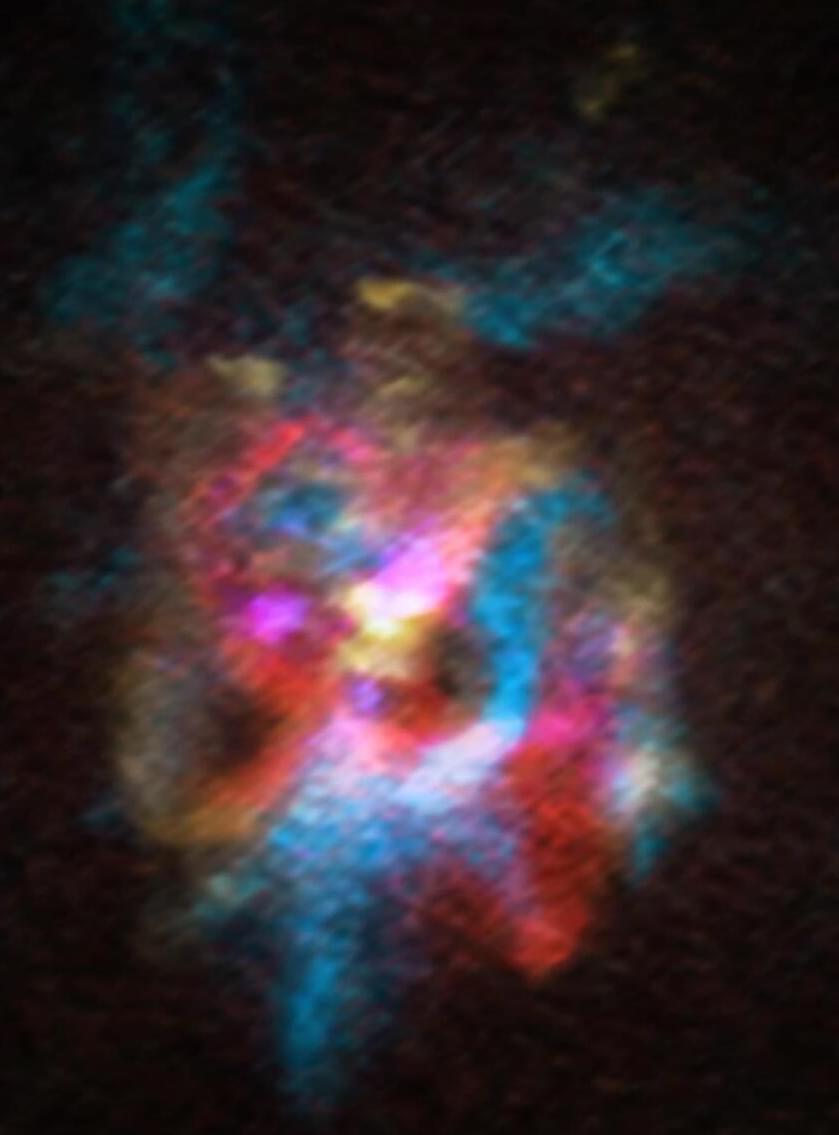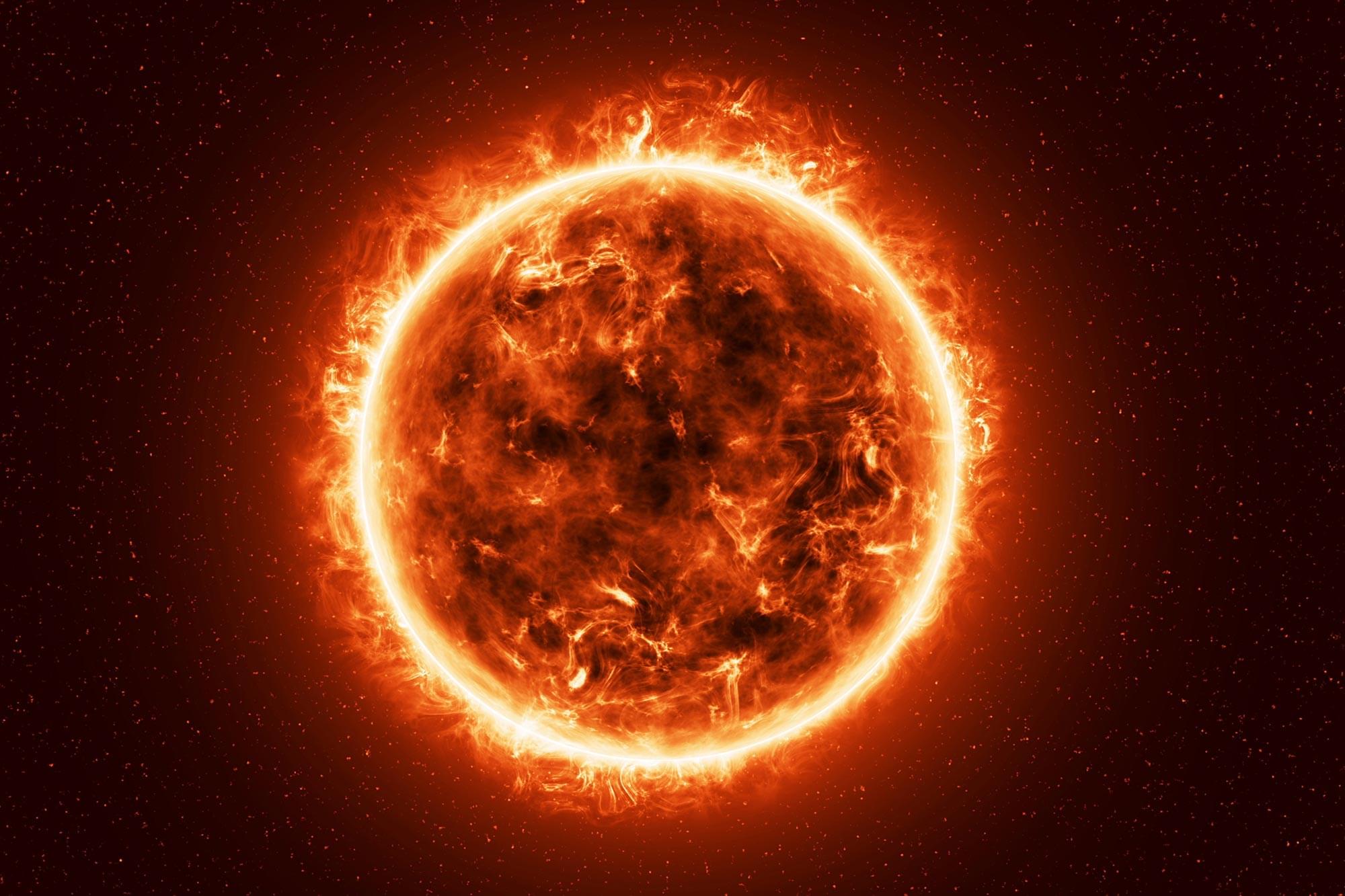Does it sound familiar to you the name James Webb? Maybe you’ve heard about it because it’s a very important telescope scientists use on its missions. Recently, this telescope and the Hubble have confirmed the universe is expanding in two different directions. I know it is difficult to believe, even scientists doubt it at first, but telescopes have proved it. So, let’s find out more about what the James Webb Space Telescope and the Hubble telescope have found.
To make this scientific explanation more visual, imagine you draw small dots on the surface of a deflated balloon and then you blow it up. What do you think will happen to the dots? Exactly! They will be far from each other because the balloon stretches.
So, this is what happens with the universe. Galaxies separate because space itself is expanding, and the speed this is occurring is called: the Hubble constant. You may not know this, but this is so important that it helps us know the age and destiny of the universe.



